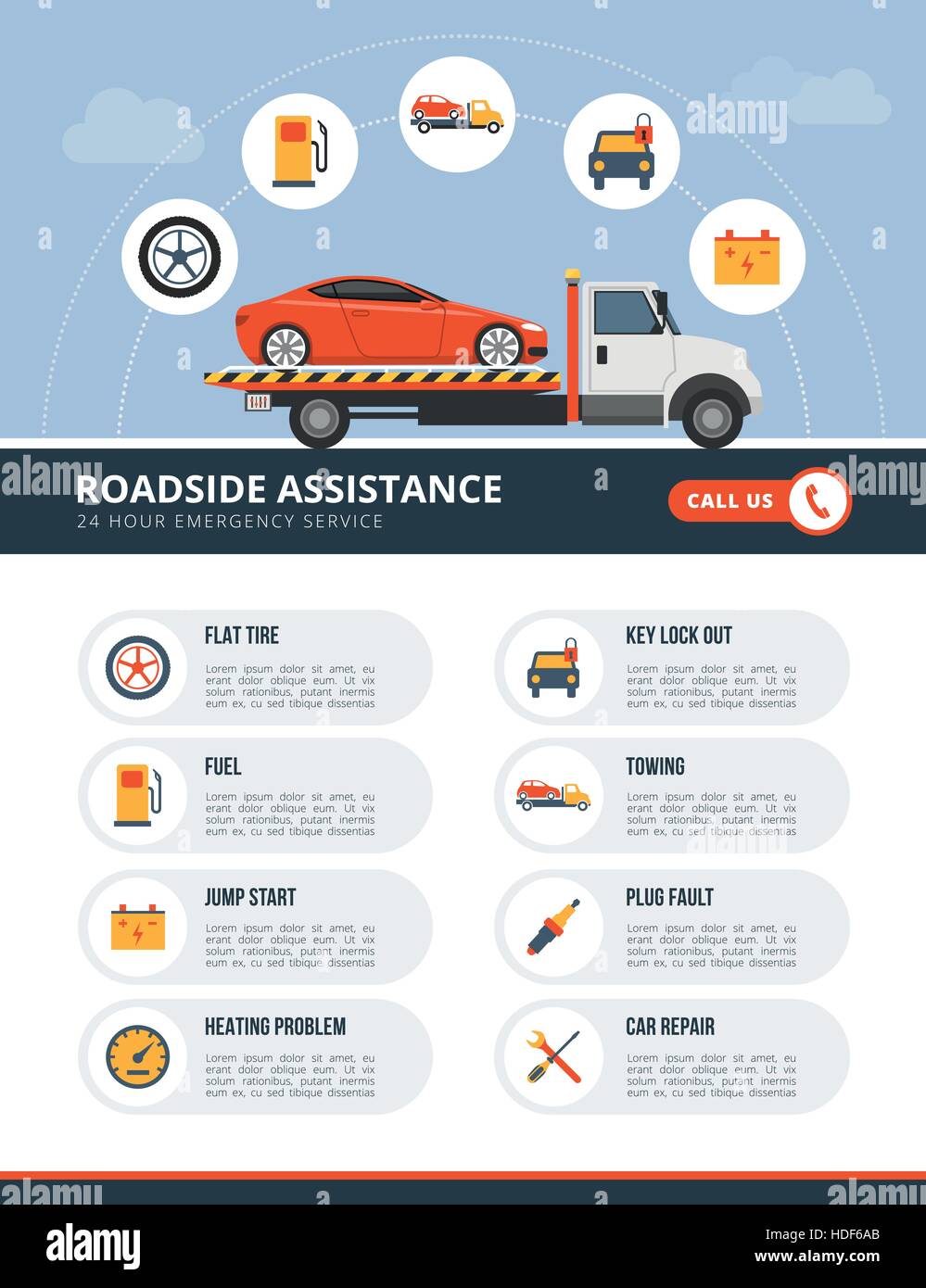Want To Find Out More Concerning The Warning Lights On Your Dashboard? Uncover What They Suggest Concerning Your Automobile'S Health And Safety
Want To Find Out More Concerning The Warning Lights On Your Dashboard? Uncover What They Suggest Concerning Your Automobile'S Health And Safety
Blog Article
Article By-Termansen Alvarado
When you lag the wheel, those glowing caution lights on your dashboard can be a bit bewildering. Do you understand what they're trying to inform you regarding your automobile's wellness? Recognizing the importance of these lights is important for your security and the long life of your lorry. So, automotive detailing of those lights pops up, wouldn't you intend to understand its message properly and take the required actions to resolve it?
Common Warning Lights and Interpretations
Identify typical warning lights in your vehicle and recognize their meanings to ensure safe driving.
The most typical warning lights consist of the check engine light, which indicates concerns with the engine or exhausts system. If this light begins, it's essential to have your car inspected quickly.
https://air-lift-performance95172.blogproducer.com/38901403/find-out-just-how-eco-friendly-auto-outlining-items-can-boost-your-automobile-s-sparkle-while-securing-the-planet-discover-the-sustainable-options-waiting-on-you cautioning light suggests reduced oil stress, needing prompt attention to avoid engine damage.
A blinking battery light may suggest a faulty charging system, potentially leaving you stranded otherwise dealt with.
The tire pressure tracking system (TPMS) light informs you to reduced tire stress, impacting lorry stability and fuel performance. Overlooking this might lead to hazardous driving problems.
The abdominal light indicates a problem with the anti-lock braking system, endangering your capacity to stop promptly in emergency situations.
Finally, the coolant temperature level alerting light warns of engine getting too hot, which can lead to severe damages otherwise solved swiftly.
Understanding these usual caution lights will aid you deal with issues without delay and preserve safe driving conditions.
Importance of Prompt Focus
Comprehending the typical warning lights in your auto is only the first step; the relevance of promptly addressing these cautions can not be stressed sufficient to guarantee your safety when traveling.
When a warning light brightens on your dashboard, it's your automobile's way of communicating a possible concern that needs interest. Overlooking these warnings can lead to much more severe troubles down the road, jeopardizing your safety and potentially costing you more out of commission.
Trigger attention to cautioning lights can protect against failures and accidents. For instance, a blinking check engine light might indicate a misfire that, if left unattended, can create damages to the catalytic converter. Addressing this without delay can conserve you from a pricey repair service.
Similarly, a brake system alerting light may indicate reduced brake liquid or worn brake pads, important components for your security when driving.
Do It Yourself Troubleshooting Tips
If you notice a caution light on your control panel, there are a few DIY repairing ideas you can attempt before seeking specialist help.
The very first step is to consult your auto's manual to understand what the details caution light suggests. Often the problem can be as simple as a loosened gas cap causing the check engine light. Tightening up espressocarwashbotanytown may fix the problem.
An additional usual problem is a reduced battery, which can trigger different advising lights. Inspecting the battery links for corrosion and guaranteeing they're protected may take care of the issue.
If a caution light lingers, you can attempt resetting it by disconnecting the cars and truck's battery for a few minutes and after that reconnecting it. In addition, inspecting your vehicle's fluid levels, such as oil, coolant, and brake liquid, can aid troubleshoot alerting lights associated with these systems.
Conclusion
Finally, recognizing your vehicle's warning lights is vital for maintaining your car running efficiently and securely. By quickly resolving these signals and knowing what they imply, you can prevent expensive repair services and possible malfunctions.
Bear in mind to consult your car's guidebook for particular information on each warning light and act appropriately to guarantee a trouble-free driving experience.
Stay notified, stay safe when traveling!
